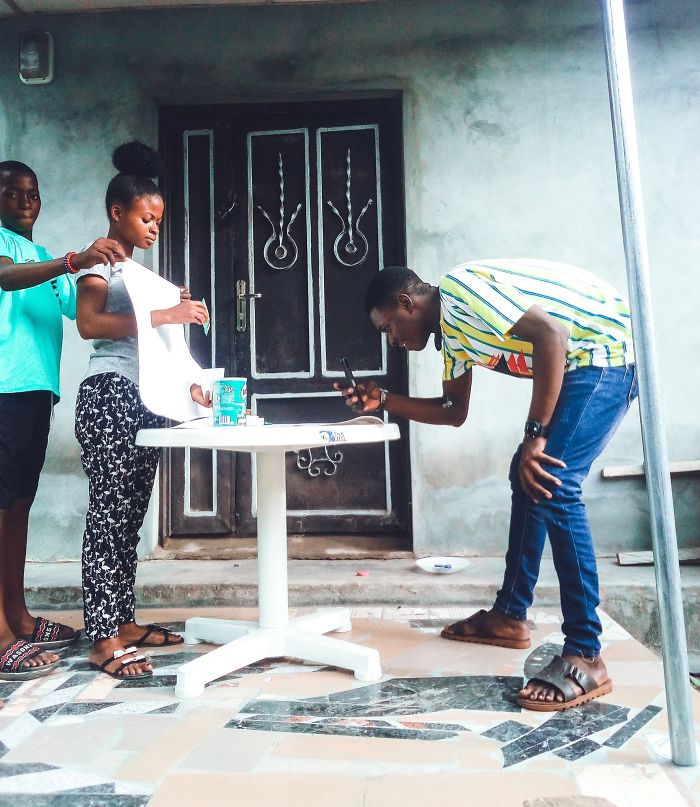As the old adage goes, "The best camera is the one that you have one you," which is why so many of us photographers carry our cameras with us wherever we go. If you have purchased or upgraded your smartphone within the last couple of years, or have watched any of the keynote announcements for the current generation of flagship smartphones on the market, you will have undoubtedly noticed the significant efforts that the smartphone industry is focusing on the camera capabilities of their wares.
One of the most popular trend among smartphone manufacturers at the moment is the ability to simulate the look that conventional cameras can achieve when photographing using wide aperture lenses. With size being a major limiting factor for smartphone camera sensors and optics, and the fact that we all must obey the laws of physics, smartphone manufacturers have resorted to computational photography algorithms to mimic the abilities of conventional DSLR and Mirrorless cameras. Some manufacturers have even gone as far as to claim that the camera(s) on board their smartphones are capable of producing images that match or rival the quality of those captured using conventional DSLRs and Mirrorless cameras. The Samsung A8 Star is one such device with the computational photography smarts that claim to be able to achieve this caliber of results, and Samsung even has image samples on the A8 Star's official Malaysian product page demonstrating the phone's "Portrait Mode" to simulate creamy bokeh traditionally only achievable when shooting with wide open lenses on a regular camera. Problem is, the image was actually taken with a conventional camera, and worst yet, Samsung replaced the background in the image as well. Busted!. thephoblographer.com
2018-12-16 14:00

